Last Updated on January 25, 2024 by Gamesver Team and JC Franco

Solving Rubik’s Cubes is pretty tricky, but lucky for us, experts worldwide have dedicated their time to creating strategies and tips that help us figure it out. Some of these tips are too great not to share, so we’ve developed a list of helpful ways you can learn by yourself.
It may seem simple to solve a Rubik’s Cube. The truth is, it’s a highly complex issue. Although some of the tips presented here might seem trivial to you at first, with more experience with the Cube, you will appreciate how useful they are.
Let’s take a look at how you can bring your Cube to its original state. Don’t forget that persevering is the most important mindset to have as you try to solve the Rubik’s Cube.
18 helpful tips, tricks, and strategies to solve a Rubik’s Cube:
1. Rubik’s Cube has six faces.

It sounds obvious, right? Because it is a cube, therefore, it has to have six faces. But when you are struggling to solve your puzzle, it’s easy to forget this most basic concept. Knowing that there are six sides helps you understand that solving the Rubik’s Cube is not rocket science — although it’s not the easiest thing to do in the world.
2. Get familiar with the vocabulary.
Make sure you are familiar with the vocabulary before you start following strategies for solving the puzzle. It will be much easier to follow Rubik’s Cube algorithms and permutations if you understand what you are doing.

Here are a few basic terms to know:
- Edge: A Rubik’s Cube has 12 edges, and they consist of a piece where two colors meet
- Corner: They are located in the corner of each side of the Cube and have three visible colors. There are eight corners in the 3x3x3 Rubik’s Cube.
- Center piece: Each center piece sits in the center of a side and has one color. These do not move in any way, and its color represents each side of the Rubik’s Cube.
- Layer: A section of a cube. It consists of nine blocks that rotate. A cube has three layers.
- Faces: Rubik’s Cubes faces are indicated as:
- L: Left face
- R: Right face
- U: Up face
- D: Down face
- F: Front face
- B: Back face
- M: Middle face
- Y: Entire Cube
- Regular and Inverted Turn: A regular turn is a clockwise turn, and an inverted turn is a counter-clockwise turn. In Rubik’s cube notation, an inverted turn is represented with an apostrophe.
- Permutation: It’s the arrangement of the pieces
3. Know which colors are opposite to each other.
To solve the Rubik’s Cube a little easier, knowing which colors are opposite to each other is essential.
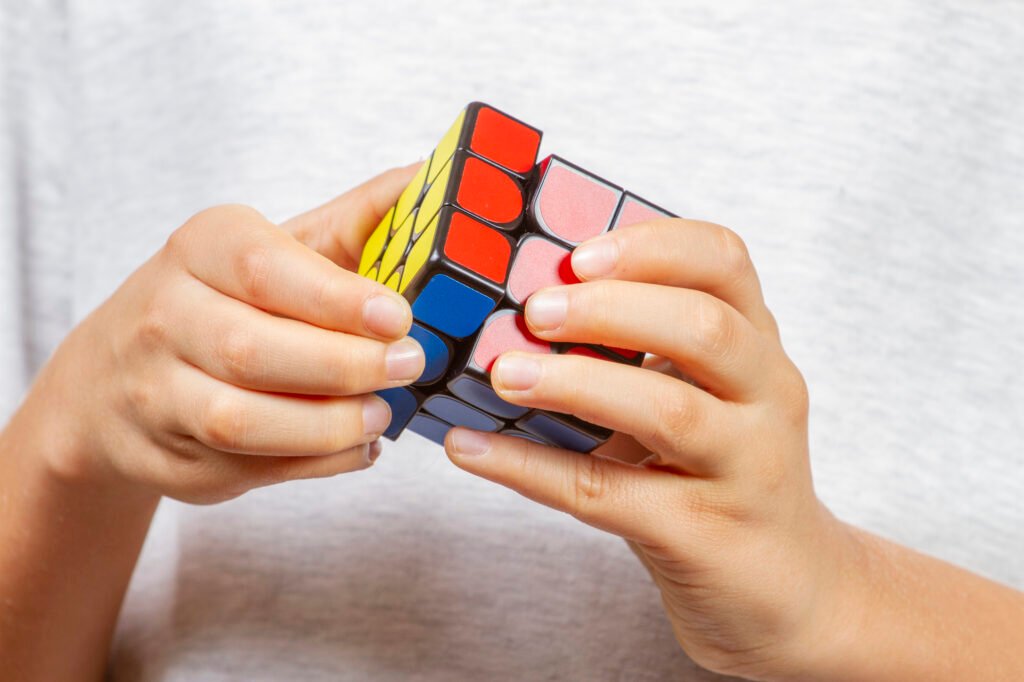
Here’s a little cheat sheet:
- Blue – Green
- White – Yellow
- Orange – Red
4. Corner pieces have 3 stickers, and edge pieces have only 2.
Remember that you are working with pieces, not stickers, as you attempt to solve the Cube. In other words, you can’t make a red sticker on a corner piece move to its edge position, only if you peel it off, but then that’s not solving the Rubik’s Cube.
5. Begin with the basics.
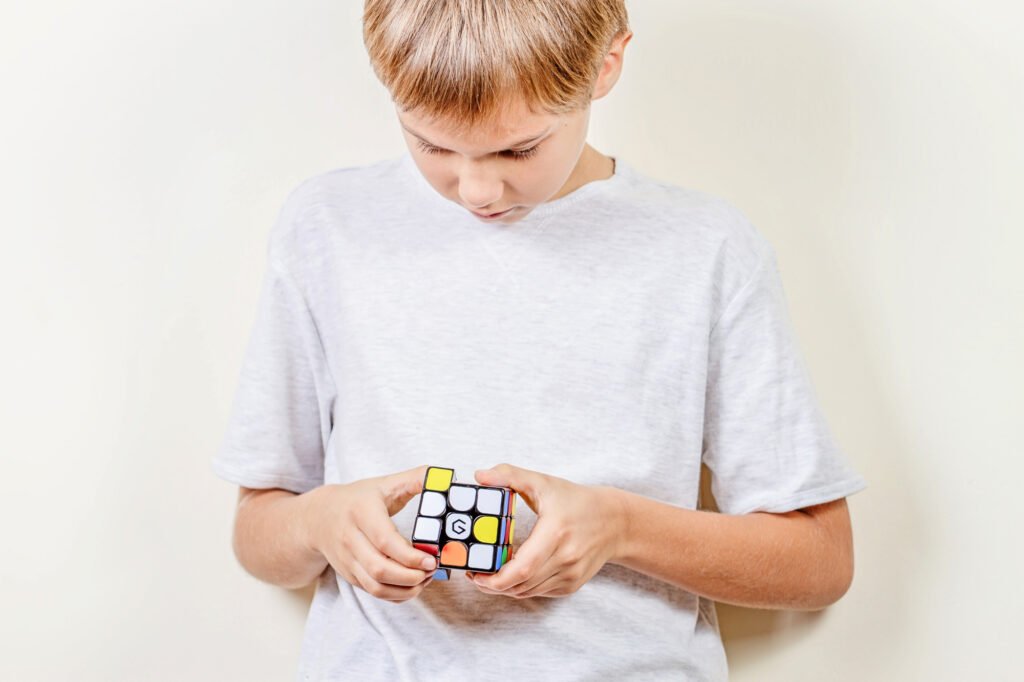
Whether you are a beginner or an experienced cuber, mastering the basic steps to solving a Rubik’s Cube is essential to achieving success. To effectively move your fingers, you should have a firm understanding of how the Cube works.
6. Center pieces don’t move.
One tip that will help you is knowing that a center piece never moves, and it tells you which color it must be at the end. In general, people find it easier to solve the Cube by starting on the white side, where the logo is seen.
7. Understand algorithms.
When each piece of the Rubik’s Cube puzzle is reoriented in a specific manner, it is called an algorithm. The faces are F, U, R, B, L, and D (you already know which letter refers to which face). A single letter refers to a 90-degree clockwise rotation. An apostrophe indicates counter-clockwise movement. Letters after numbers indicate double turns.

Below are a few basic algorithms:
- Clockwise face rotation: U L F R B D
- Counter-clockwise face rotation: U’ L’ F’ R’ B’ D’
- Double turn: F2 R2 U2 L2 B2 D2
Learn more about advanced algorithms in this article.
8. Create a white cross.
Now that you know the terms and have decided on a centerpiece to focus on, you can implement other tips to solve the Cube.
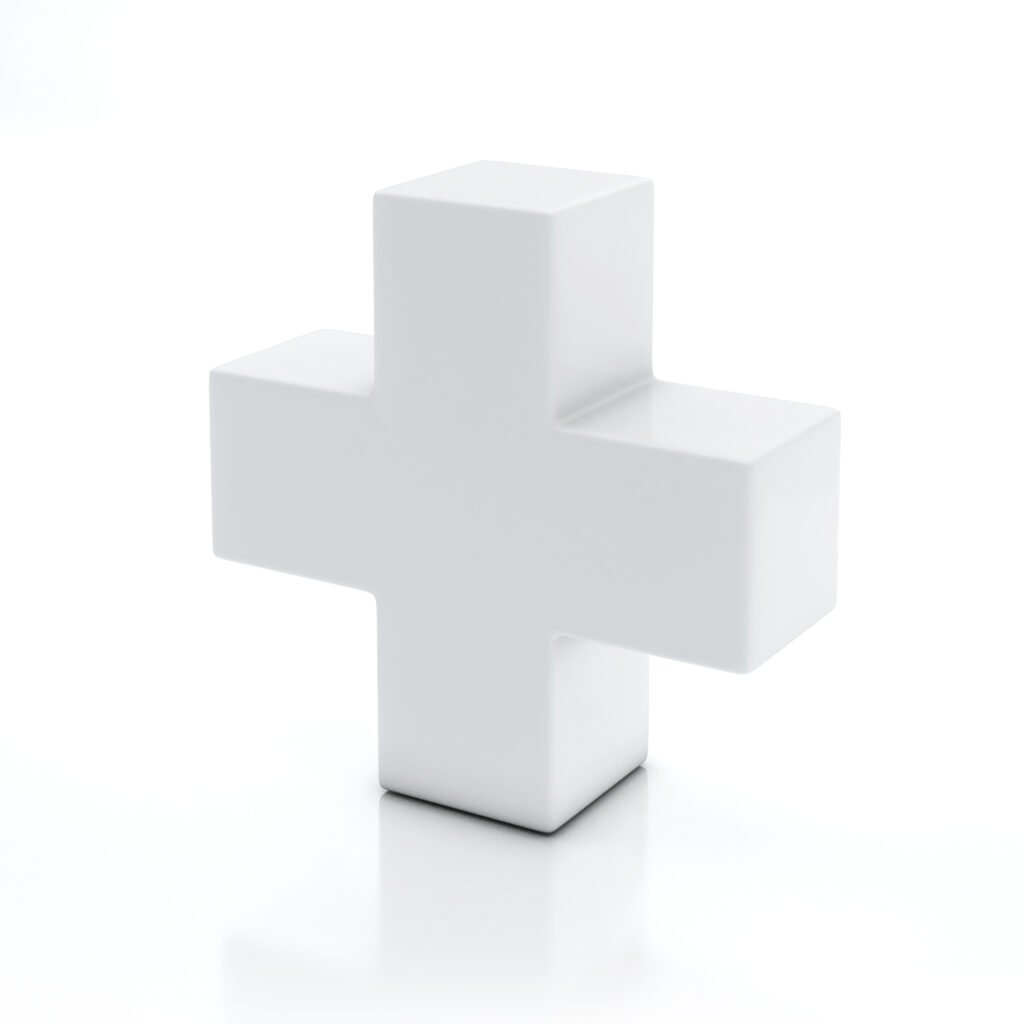
For this article, we will assume you’ve picked the white face to start. Keep the logo facing up and find a white edge piece. There are different ways to solve the white cross depending on where your edge pieces are located. See a step-by-step guide here.
9. Solve white corners.
Once you solve the white corners, you will have the first layer of the Rubik’s Cube completed. Most people get to this point intuitively but don’t know how to proceed.
There are several ways to place the white corners to the top, but there’s one algorithm that works no matter what your Cube’s situation is: R’ D’ R D. This method can take longer because you might need to repeat it a few times depending on where your corner is located.

10. Solve the second layer.
Once you have your first layer complete, you can now move on to solving the middle layer. If you do this right, you’re going to have two-thirds of the Cube complete; isn’t this great?
To start, turn the cube upside down. There are two crucial algorithms to learn here. One is called right (U R U’ R’ U’ F’ U F), and the other is called left (U’ L’ U L U F U’ F’). These bring the front-up edge to the right-front or left-front positions. If your edge piece is on the right spot but in the wrong direction, you can fix it by using this algorithm: U R U’ R’ U’ F’ U F U2 U R U’ R’ U’ F’ U F.

11. Create a yellow cross.
The next step is similar to the white cross, but you need to be mindful of more pieces since you have already solved so much of the puzzle. You don’t need to worry about the edge pieces matching the face yet. You will repeat the same algorithms at different times, depending on your Cube’s pattern. The basic algorithm is the following: F R U R’ U’ F’.
- Single Yellow Dot: repeat it three times
- L Shape: Rotate your entire Cube until the legs of the L shape encase the edge piece in the top left and repeat the algorithm two times
- Line: Rotate your entire Cube until the line is horizontal. Execute the algorithm once
12. Swap yellow edges in the top layer.
Now that you have your yellow cross, you probably noticed that some of the edges are not matching the centerpieces. The algorithm here switches the front-top and the left-top edges. R U R’ U R U2 R’ U will change two edges in the last layer. Sometimes it has to be done twice to fix the Cube completely.

13. Position yellow corners.
You are almost done solving your Rubik’s Cube! Now all you have to do is appropriately orient the corners. The algorithm you will use is U R U’ L’ U R’ U’ L. Your Cube’s upper piece should be positioned in the front-right-top corner.
Continue executing the algorithm until the piece is in the correct location. A correctly placed yellow piece can be found in only three scenarios: there’s no yellow corner piece in the right position, or there’s only one, or all four are correct.
14. Don’t skip the last D turn.
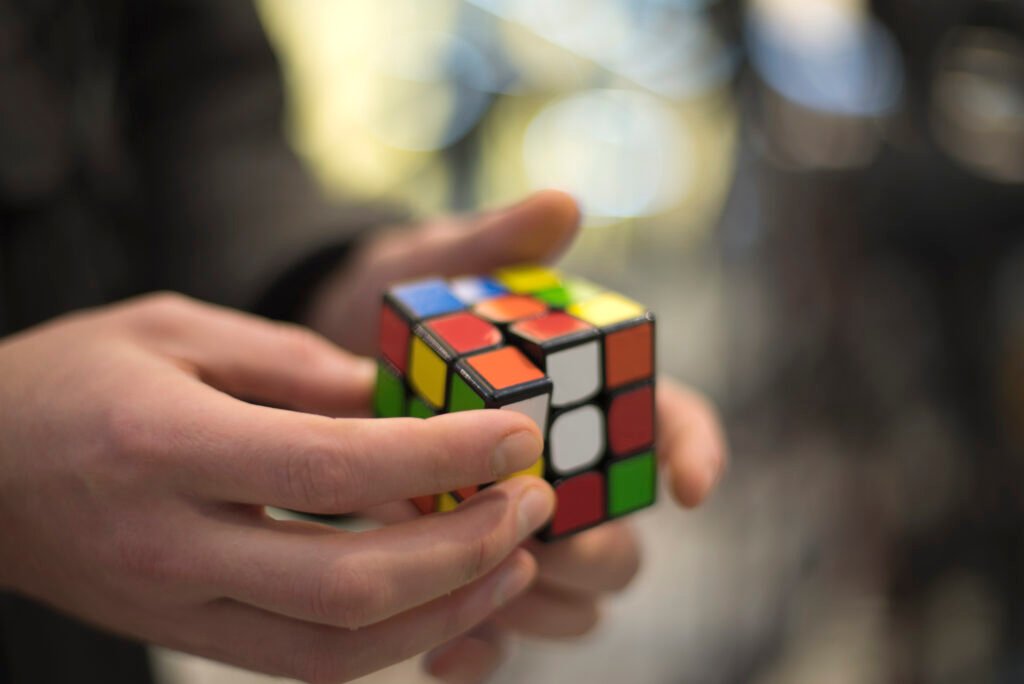
Our final step is to orient the yellow corner pieces with the algorithm R’ D’ R D. However, many people mess up their entire Rubik’s Cube by skipping the last D turn when they see the yellow sticker facing up at the top. Like other algorithms we discussed in this article, you may need to repeat them until you solve your Cube.
15. Fridrich Method.
The Fridrich Method, also known as CFOP, is a popular speedcubing method. It’s fast and efficient, controlling many of the more repetitive algorithms to preserve accuracy and efficiency. Before learning the Fridrich method, you should master the beginner method, so you have a core understanding of how the Cube works.
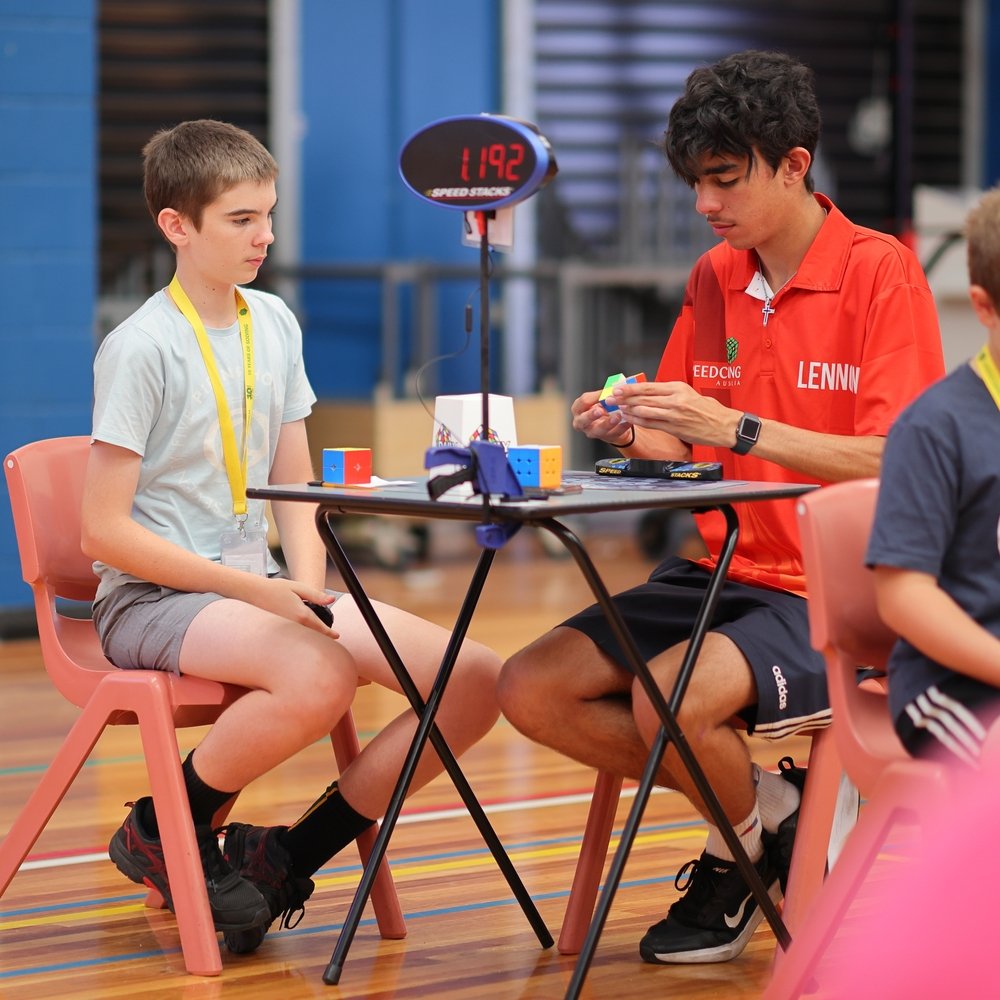
Instead of solving each face, the Fridrich Method divides the Cube into layers, which are solved individually using algorithms. It consists of four steps: Cross, First Two Layers, Orient Last Layer, and Permutation of Last Layer.
16. Roux Method.
The Roux Method is used to reduce your time from the beginner’s method.

Like the Fridrich Method, it also consists of four steps:
- Build a 1x2x3 Block on One Side
- Build a 1x2x3 Block on the Opposite Side
- Solve the Remaining 4 Corners
- Solve Remaining 6 Edges and 4 Centers.
17. ZZ Method.
The ZZ Method was created in 2006 by Zbigniew Zborowski and solved the Rubik’s Cube in three stages: EOLine, First Two Layers, and Last Layer.
18. Use a cube solver.

If you feel overwhelmed with your Cube, instead of throwing it out the window or smashing it, try using a cube solver. It’s not cheating. It can help you clear your mind and see things you wouldn’t have realized otherwise. It will help you be better prepared for similar situations the next time you are solving your puzzle.
Last Word
If you use these tips and tricks, you are guaranteed to impress others while observing you solve the intriguing Rubik’s Cube. To help you master these strategies, look for YouTube tutorials and ask other friends to help you out. You might learn it quicker with some visual aid.
Below we share a helpful YouTube video from “J Perm” on how to quickly solve a Rubik’s Cube.

